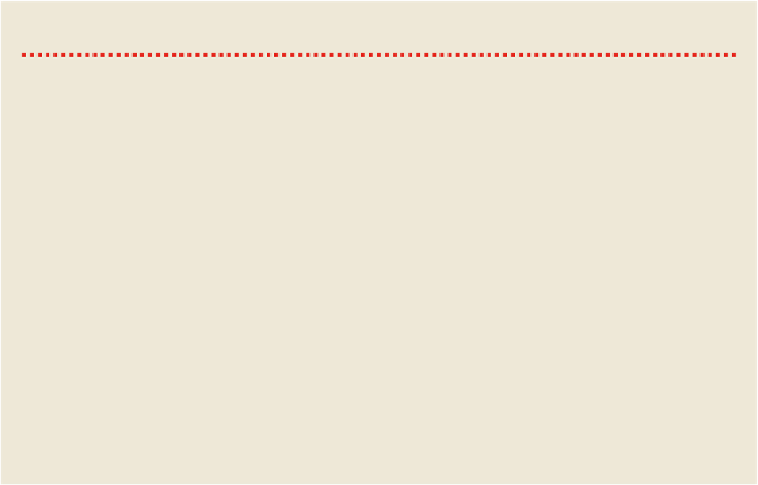Travel Reference
In-Depth Information
French delicacies, cooked by the
maître cuisinier
(master chef) André Halbert. It's 5km
out of town.
THE SHANTY TOWNS
In May 2003, 13 suicide bombers blew themselves up at public places in Casablanca, killing them-
selves and 32 other people. They belonged to Salafia Jihadia, a radical Islamic group whose founding
members trained in Afghanistan. The bombers were all young Moroccan men living in Casablanca's
worst slums, less than half an hour from the city centre.
In 2007, 24 Islamists were arrested for plotting another wave of bombings after their leader blew
himself up at an internet cafe. Many came from the same slums.
Most Casablancais openly condemn the killings, and claim their city is the most tolerant in the
country. But a quarter - perhaps even a third - of the city's population lives in shanty towns, where
living conditions are harsh: makeshift houses are made of cardboard and plastic, with no running wa-
ter, sewage system or electricity, no schools, no work and no hope. Many youngsters feel they have
nothing to lose.
After the bombings, many charities were set up to improve the conditions, and the government has
become more aware of the problems. The Housing Ministry has announced plans to abolish all slums
in Casablanca, and several slums have been destroyed, but new shanties seem to spring up faster than
the authorities can knock them down. Tens of thousands of houses are under construction, but slum
residents complain that the new housing is too expensive and too small for extended families. There
has been a serious improvement, but many feel it's not enough, and unless the government addresses
the underlying problems there will be no improvement in conditions. It is hoped this will happen be-
fore anger and frustration boil over into support for violent alternatives.
Drinking & Nightlife
Although there are plenty of classic French-style drinking dens in the centre of town, they
are pretty much a male preserve and are usually intimidating for women. Casablanca's
bars can be pretty rough around the edges, and they generally attract a male-only clientele
(plus prostitutes). In general, the bars in the larger hotels are more refined places to drink,
especially for women.
The beachfront suburb of Aïn Diab is the place for late-night drinking and dancing in
Casa. However, hanging out with Casablanca's beautiful people for a night on the town
doesn't come cheap. Expect to pay at least Dh150 to get in and as much again for drinks.
Heavy-set bouncers guard the doors and practise tough crowd control - if you don't look
the part, you won't get in. Many of these clubs cater for well-heeled Middle Easterners (a
Saudi prince has a palace on the Corniche), with Egyptian or Lebanese performers.


